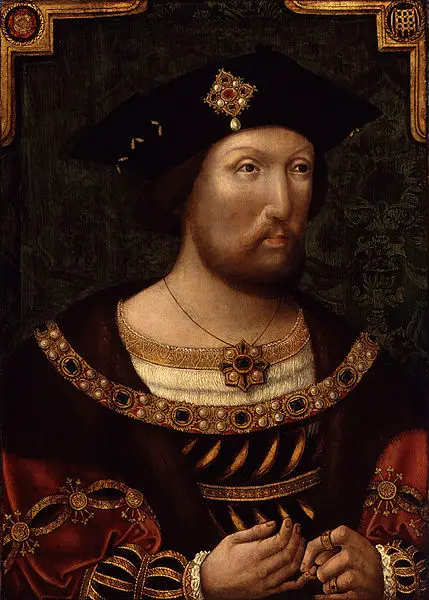On this day in Tudor history, the remains of reformers Martin Bucer and Paul Fagius were exhumed and publicly burned in Cambridge, after the men were posthumously found guilty of heresy. I tell you more in this video:
There is the idea that burning people prevented their bodies from being resurrected at the Day of Judgement but then Samantha Wilcoxson mentioned, when talking about burning heretics alive, that the stake was a last chance for them to be saved, that it was hoped that the suffering might make then recant so that their souls could be saved. Hmmm... I'd love to hear your thoughts on this as I've been hearing conflicting views on this.
Also on this day in history:
- 1561 – Baptism of Tailboys Dymoke (pseudonym Thomas Cutwode) at Kyme in Lincolnshire. He was the son of Sir Robert Dymoke, and his wife, Bridget (née Clinton). Dymoke is known for his allegorical poem, Caltha poetarum, or, “The Bumble Bee”, which he published under the name of Thomas Cutwode. Click here to read more about him.
- 1585 – Death of Edmund Plowden, lawyer, legal scholar and law reporter, in London. He was laid to rest in the Middle Temple Church. Cambridge University libraries and the British Library contain manuscripts of his commentaries and opinions, and he is known for his 1571 “Les comentaries ou les reportes de Edmunde Plowden” volume of law reports covering cases during the reigns of Edward VI, Mary I and Elizabeth I.



A very strange story. They. Could not have been the only 2 reformers who died before Mary I came to the throne. How were they chosen? Why them specifically? I love the videos! Michelle t
I’m not entirely sure why they were suddenly chosen. Good question! Thank you, I’m really enjoying doing them although it’s keeping me rather busy!
Martin Bucer was a famous and prominent reformer in Germany and Switzerland whose works were well known for many years, a contemporary and fellow of Martin Luther and was very well respected for several years in Germany. He and his fellow above were invited to England but his influence was international and he was involved in the controversial divorce of Philip of Hesse, which he objected to. He was in conflict with Luther but was most appreciated in Switzerland. I would guess he was dug up simply because he was so prominent and a widespread man of influence. The same most probably applied to his compatriot.
This is a very odd thing to do, but it happened a few times for various reasons. Oliver Cromwell for example was dug up and tried for treason and then beheaded after he had been buried in Westminster Abbey. His head became a curiosity for hundreds of years in a science lab. It was reburied about twenty years ago. John Wytcliffe was dug up and his bones thrown in the river. It was a strange ritual to dishonour the memory of the person and publicly strip them of any reputation and to send them to hell. It was meant in some cases to bring to justice people who had escaped it for their crimes, but it was rare. The odd thing here was that no actual burning of heretics started until 1555 after new laws were passed, the country reconciled, a preaching and teaching campaign had gone on and people had a long period to adjust. It’s almost as if this is a warning. There is a new regime in town. It was a very odd way to start the regime off but it would have sent a very clear message that these men and their teaching were considered dangerous and that the regime would take a hard line on heretical work in future.
Elizabeth, of course would be honour bound to restore the reputation of two distinguished reformers.